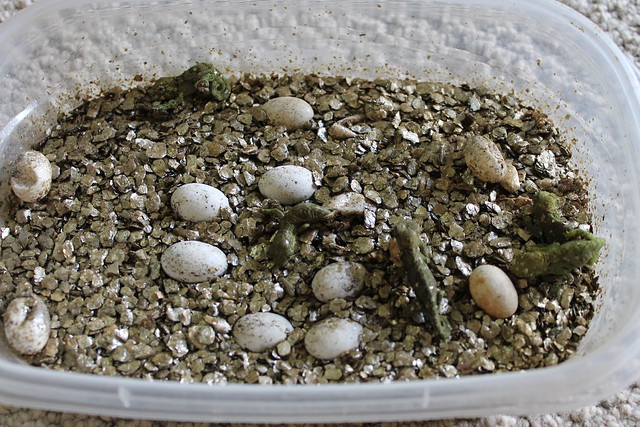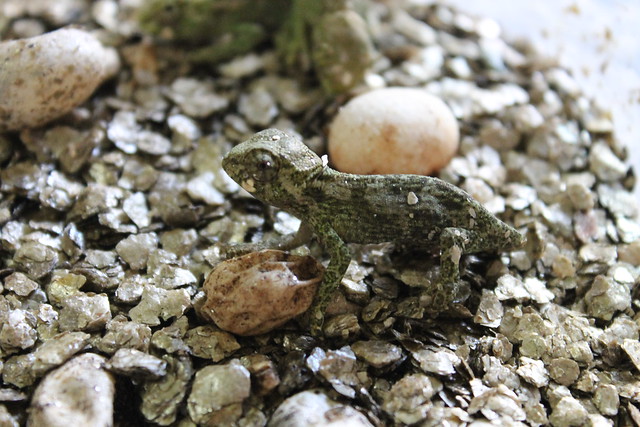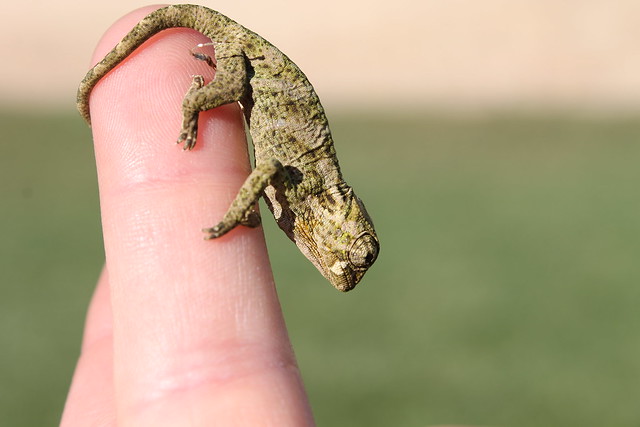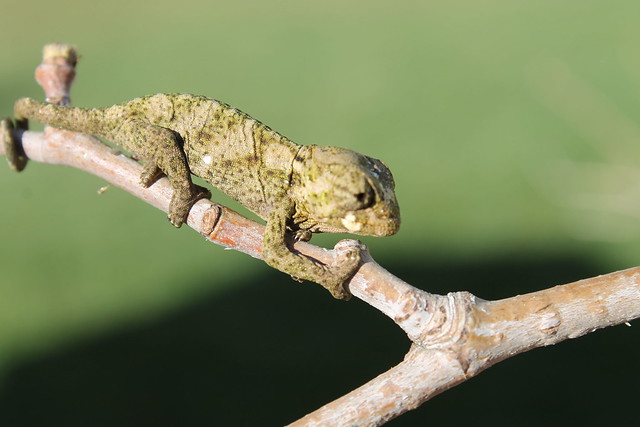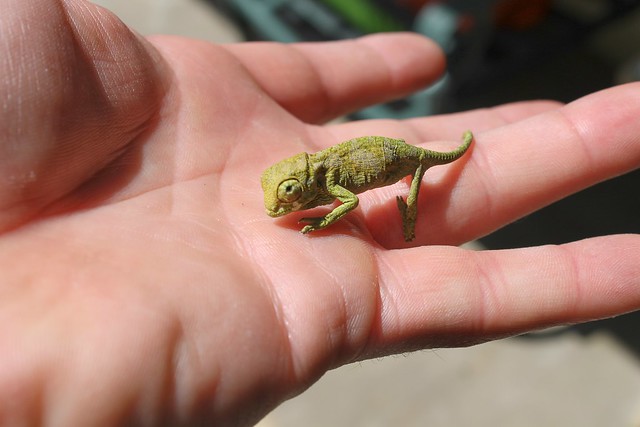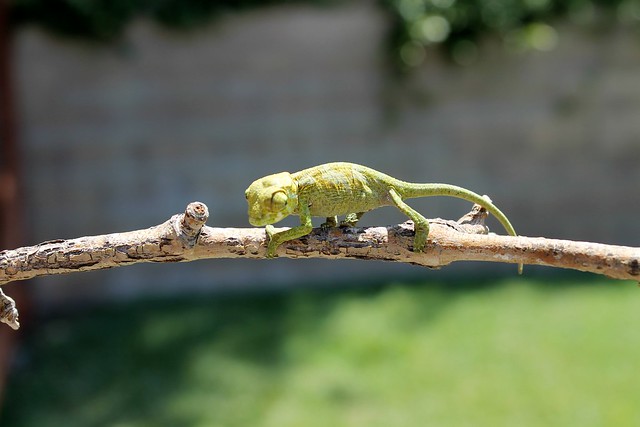showjet95
Avid Member
So I came home from the reptile super show today in San Diego and came straight to the incubator, opened the container up and there were 5 beautiful baby johnston's. There were 12 eggs total and all the others look great still with a couple others with their eggs slit.
Here are some crappy pics of them lol. Enjoy!





Here are some crappy pics of them lol. Enjoy!
